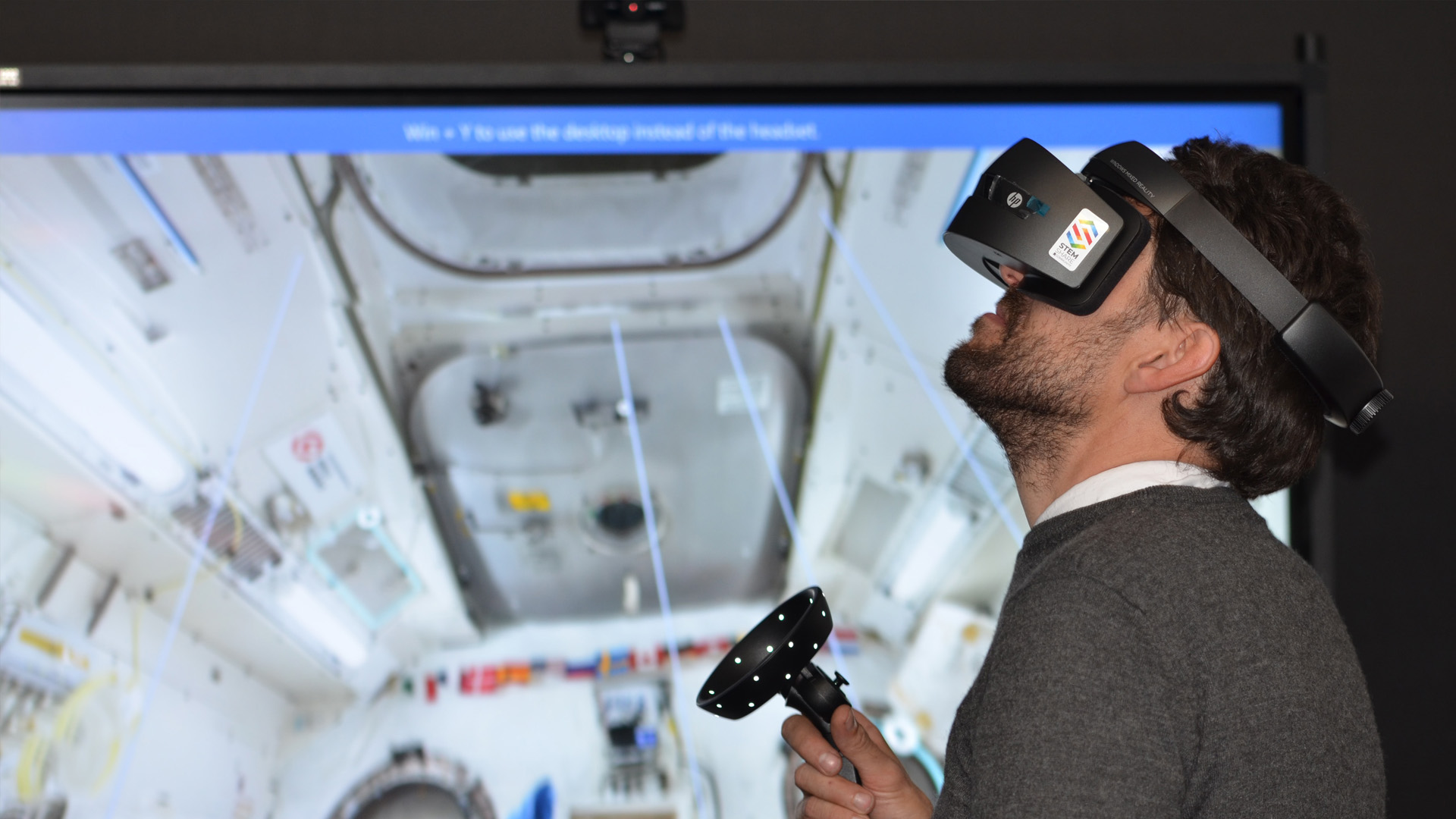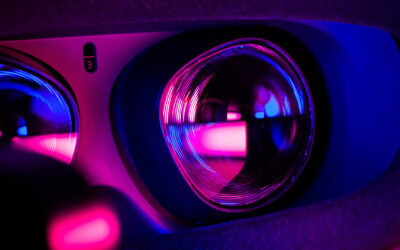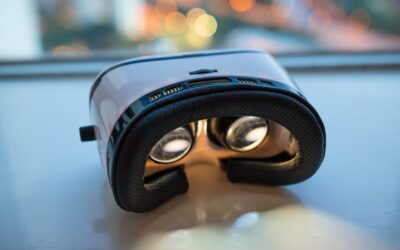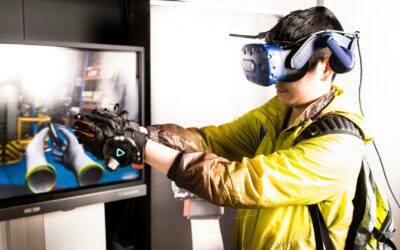Augmented And Virtual Reality After Covid-19
The Covid-19 pandemic has significantly prompted the adoption of virtual reality and augmented reality technologies as businesses have turned to remote work. Overall, global spending on AR and VR headsets, software and services, including purchases by consumers, rose in 2020 to $12 billion, up 50% from 2019.
In 2020, 32% of consumers used AR for shopping. The augmented reality and virtual reality market for the retail industry alone is expected to reach $2,094.08 billion by 2027, witnessing market growth at a rate of 68.5% in the forecast period of 2020 to 2027.
As you can see, AR/VR has come a long way, from a niche technology to a growing trend across multiple industries. In this article, I will share how the pandemic and advancements made in technology have catapulted the growth in demand for AR/VR solutions.




